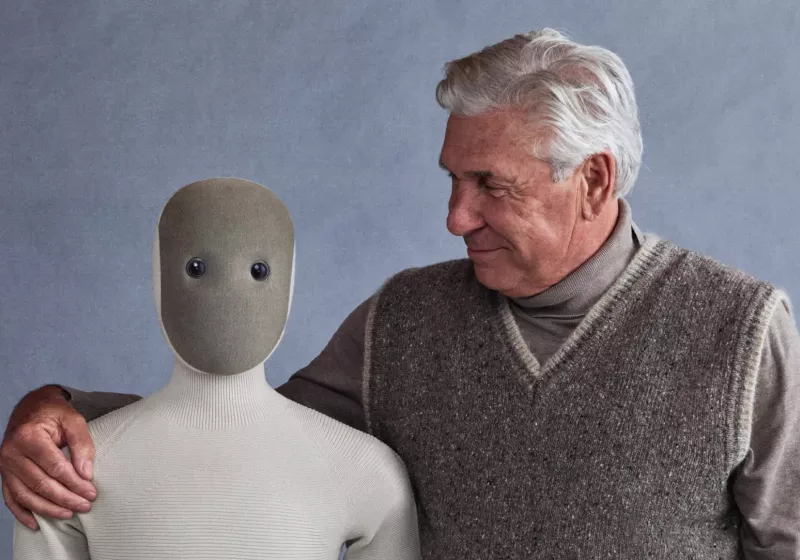Meet NEO, the $20,000 Humanoid Robot That Can Clean, Chat, and Do Your Laundry
PositiveArtificial Intelligence
1X Technologies has unveiled NEO, a groundbreaking humanoid robot priced at $20,000 that can clean, chat, and even do laundry. This innovation not only showcases advancements in robotics but also brings us closer to the reality of having robotic assistants in our homes, making daily chores easier and more efficient.
— Curated by the World Pulse Now AI Editorial System

